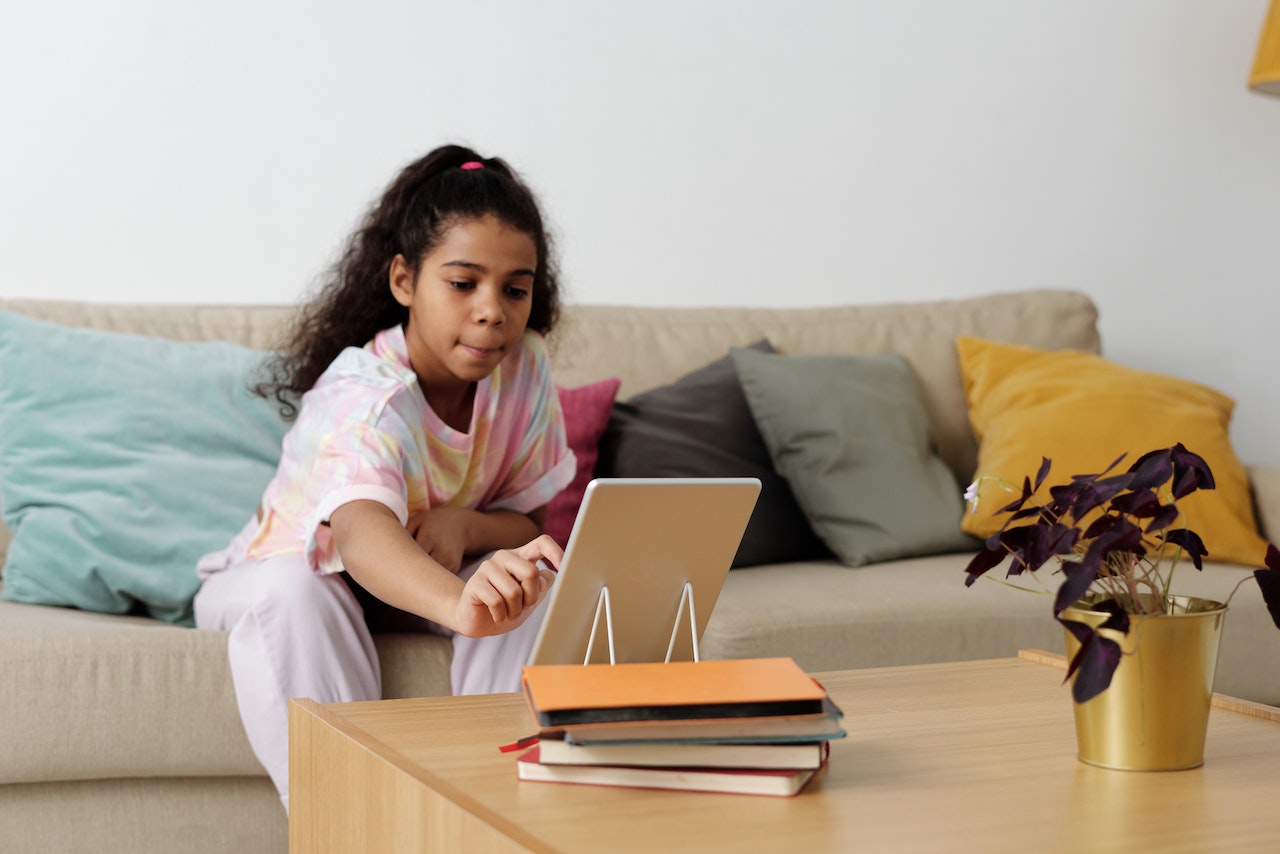The Importance of Screen Time Parental Control in Today’s Digital Age
Modern technology is ubiquitous in our lives, and children and teenagers have increasing access to digital devices. With this increasing access to online content, parents need to be more aware of what their children are watching and how much time they are spending in front of screens. Parental screen control is an important tool that allows parents to monitor and limit their children’s screen time. This can help protect them from inappropriate content or enable them to use the Internet more safely.
Parental control of the screen can also help maintain a healthy physical and emotional lifestyle in a child. Restrictions on screen time can prompt a child to engage in physical activity or other forms of relaxation, such as reading books or socializing with friends. In addition, parental control can help maintain a healthy relationship between families by limiting the amount of time spent by each on digital devices.
Understanding the Risks of Excessive Screen Time for Children
Excessive screen time for children can have a number of negative effects on their physical, mental, and emotional health. It is important to understand the risks associated with too much time spent in front of screens so that parents can take steps to limit their child’s exposure.
One of the most significant risks associated with excessive screen time is an increased risk of obesity. Studies have shown that children who spend more than two hours per day in front of a screen are more likely to be overweight or obese than those who spend less time in front of screens. Additionally, too much screen time has been linked to poor sleep quality, which can lead to fatigue and difficulty concentrating during the day. Furthermore, research suggests that spending too much time on screens can lead to social isolation and depression due to decreased face-to-face interaction with peers. Finally, there is evidence that excessive screen time may increase the risk of developing vision problems such as nearsightedness.
It is important for parents to be aware of these potential risks and take steps to limit their child’s screen time accordingly. This could include setting limits on how long they are allowed to use devices each day or ensuring that they engage in other activities such as outdoor play or reading books instead.
How to Implement Effective Screen Time Parental Control Measures
Implementing effective screen time parental control measures is an important part of parenting in the digital age. With so much technology available to children, it can be difficult for parents to keep track of their child’s online activities and ensure that they are using technology responsibly. Fortunately, there are a few steps that parents can take to help them manage their child’s screen time and protect them from potential risks.
First, parents should set clear rules and expectations about how their child uses technology. This includes setting limits on the amount of time spent on devices, as well as what types of content they can access. Parents should also discuss with their children why these rules are important and explain the consequences if they are not followed. Additionally, parents should monitor their child’s online activity by checking browser histories or using parental control software to block certain websites or apps. Finally, it is important for parents to have open conversations with their children about responsible use of technology and any concerns they may have about online safety. By taking these steps, parents can help ensure that their children use technology safely and responsibly.
The Benefits of a Comprehensive Approach to Screen Time Management
A comprehensive approach to screen time management can provide a number of benefits for both children and adults. By taking a holistic view of how much time is spent on screens, parents can ensure that their children are not over-exposed to technology and that they are engaging in activities that promote healthy development. This approach also allows parents to set limits on the amount of time their children spend on screens, as well as monitor what types of content they are exposed to. Additionally, this type of approach can help adults manage their own screen time by setting realistic goals and creating strategies for reducing distractions from digital devices.
By taking a comprehensive approach to screen time management, individuals can create an environment where technology is used responsibly and productively. This type of approach encourages balance between online activities and offline activities such as physical exercise, socializing with friends, reading books, or engaging in creative pursuits. It also helps individuals develop better self-control when it comes to using digital devices, which can lead to improved mental health outcomes. Ultimately, a comprehensive approach to screen time management provides numerous benefits for both children and adults alike.
Tips and Strategies for Balancing Screen Time and Other Activities for Children
Screen time is an important part of modern life, but it can be difficult to balance with other activities. It’s important for children to have a variety of experiences and activities in order to develop properly. Here are some tips and strategies for balancing screen time and other activities for children:
First, set limits on the amount of screen time your child has each day. This will help ensure that they don’t spend too much time on their devices or watching television. Additionally, make sure that you monitor what your child is doing online and limit access to inappropriate content.
Second, encourage your child to participate in physical activities such as sports or outdoor play. This will help them stay active and healthy while also providing an opportunity for social interaction with peers. Additionally, provide educational opportunities such as reading books or playing board games which can help stimulate their minds and foster creativity. Finally, make sure that you spend quality time with your child by engaging in conversations or participating in family activities together.
